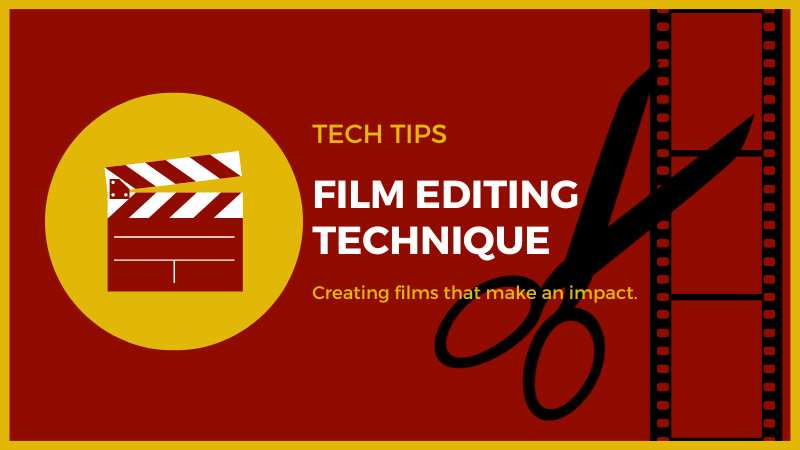Film Editing Techniques

Have you ever seen a video and wished you could create one just as engaging? Great video editors are talented storytellers. We’ve compiled a guide to help you boost up your understanding of film editing terms and learn to communicate about editing like a pro.
- Cut
Cut is a term used to state a transition where one shot is immediately followed by another shot.
- Continuity Editing
Continuity Editing may be determined as visual editing where shots are cut together in a clear and linear flow of uninterrupted action. This type of cutting seeks to maintain a continuous sense of time and space.
- Continuity Error
When the action or elements of a scene don’t match across shots. Like, when a character breaks a glass window but in a later shot the window is shown undamaged. This is an example of Continuity error.
- Cross Cutting
Cross Cutting is a trick to give the illusion that two stories are running at the same moment, by slowing glimpses of them in rapid cuts.
- Fade
A visual effect used to indicate a change in place and time. This involves a gradual brightening as a shot opens or a gradual darkening as the shot goes black or to another colour. Sound also fades in and out to convey the change.
- Montage
A sequence of shots assembled in juxtaposition of one another to create an emotional impact, condense a story, or convey an idea.
7.Sequence Shot
A long take composed of one shot that extends for an entire scene or sequence. Usually requires complex camera movements and action.
8.Wipe
The transition from one shot to another with a visible pattern or element. No longer used in today’s films but very common in early cinema.
These are some of many editing friendly words, that every editor should know in beginning a career at editing. Small transitions to big major edits play a major role in getting a film and its visualisation to its peak.
The process of putting together all of your footage's puzzle pieces is known as film editing. However, sticking segments together in a chronological order will not suffice. Film editing has an elegant quality to it. Doing it well expects you to consider how scenes stream together, yet in addition the look and feel of various individual cuts all through each grouping.
A production's entire tone can be altered by editing. Because of this, editors frequently collaborate closely with directors to ensure that they remain on the same page as the project develops.
There is, of course, no "right" or "wrong" way to edit a film because art is subjective. A project's editors and directors each bring their own perspective, and various combinations of visions will produce various forms of creative alchemy. Even though they both use the same footage, two different editors will still produce very different outcomes.
While there are a lot of tried-and-true methods and best practices that top creators have employed with great success over time, your creativity is ultimately in charge of your project.


